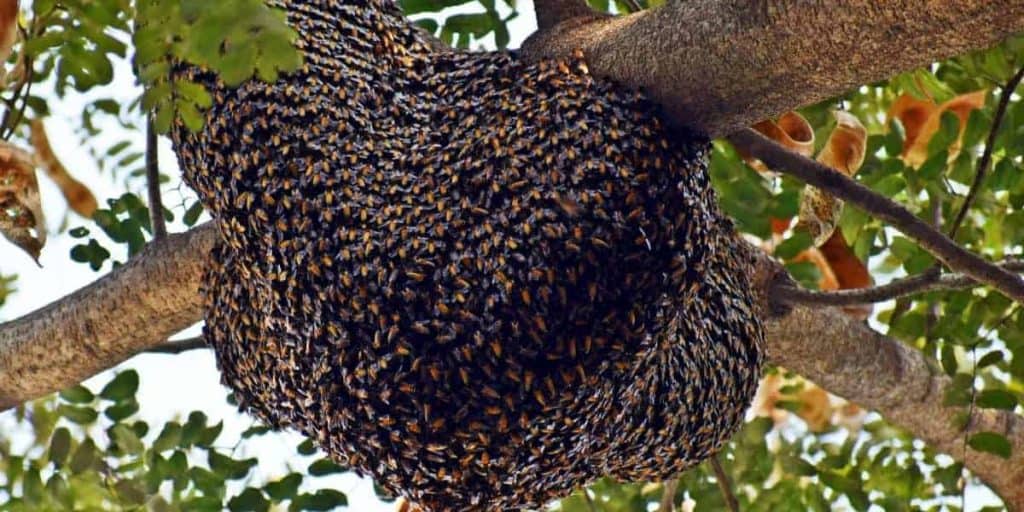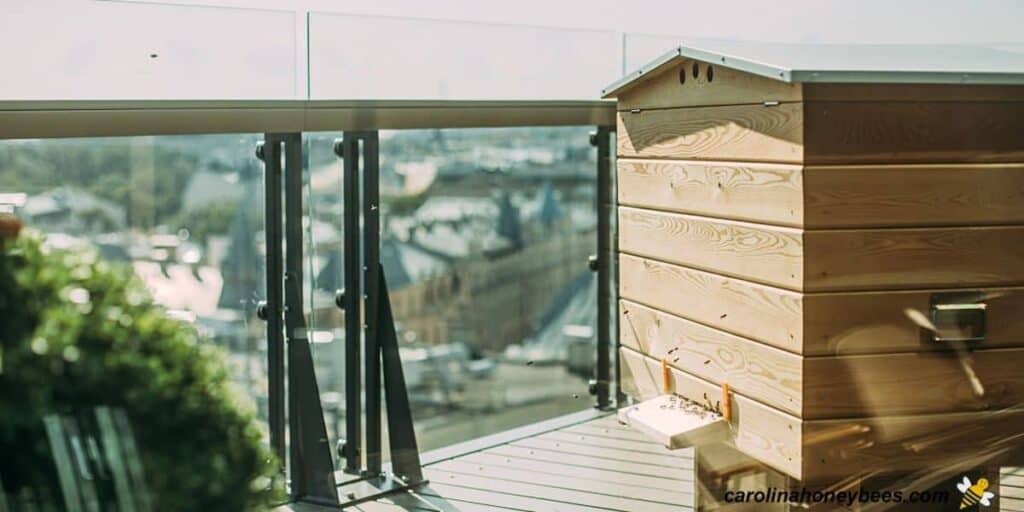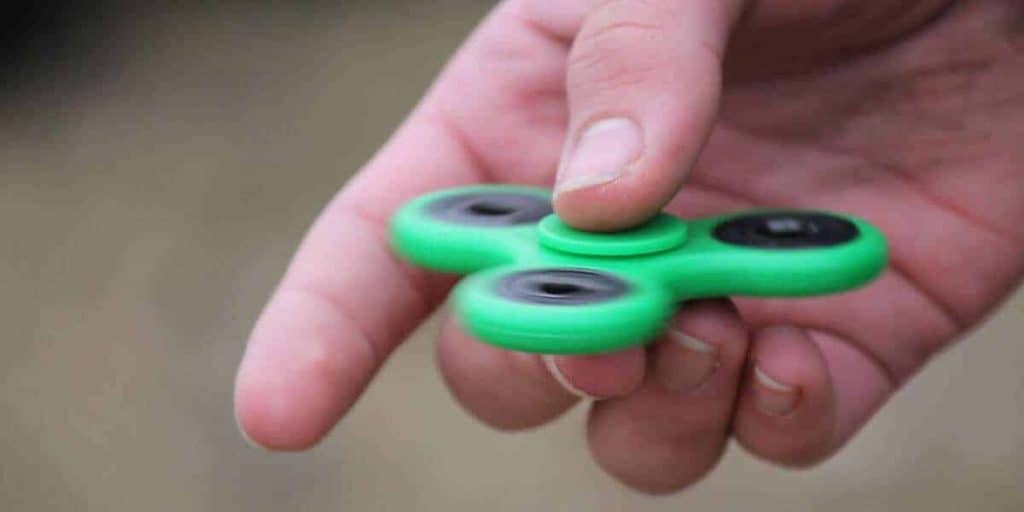You can tell a lot about what’s going on in your colony by watching it from the outside, and it can be really fun to do this! Here are some bee observation tips:
- If you watch your bees come and go regularly, you’ll get familiar with their normal habits. So if you notice a sudden change, this could be a sign that there’s a problem with the colony.
- You should see bees returning to the hive carrying balls of pollen on their legs, which is a sign that your bees are foraging successfully.
- Young bees go on orientation flights to get to know the area around the hive, usually in the afternoon. This leads to a lot of activity that can be mistaken for bees preparing to swarm.
There are two types of orientation flights: short flights around the hive, and longer flights for gathering information on foraging. - The amount of activity around the hive will vary at different times of the day. A healthy colony will have bees coming and going virtually all day long.
- If you have multiple colonies, you can compare the activity levels during different times of the day. Some colonies are more active in the morning, others later in the day.
- It’s normal to have some dead bees in front of the hive, or at another location if the undertaker bees prefer to carry them away from the hive. If you notice a lot of dead bees, or a sudden increase in the number of dead bees it’s a sign of something wrong.If you check the dead bees you can see if they are mostly workers or drones. If there are a lot of dead drones, it indicates the colony may be a bit stressed, but seeing a lot of dead workers usually indicates something more serious.
If you see a lot of dead bees with their tongues sticking out, they have likely been exposed to insecticide somewhere in the area. - Crawling bees with shrivelled wings are a sign of the deformed wing virus that is associated with Varroa mites.
- You can learn a lot by checking the debris on the tray or corflute slider. Look out for mites, beetles, or larvae in this tray; seeing a lot of them could indicate you need to check inside the hive for pests and take appropriate action.
- If you see little white flakes of wax in the tray, this is a sign that your bees are healthy and building new comb.
- If you see wax moths outside the hive that’s usually not a problem – though if you ever see them in the actual comb it could be an issue.
- You may see your bees fanning their wings at the entrance of the hive, which they do to ventilate the hive and regulate the temperature.
- If you see the bees lifting their abdomens high in the air and fan their wings backward, then they are fanning a pheromone called Nasanov, which guides the other bees back to the hive.
- Bearding is when bees gather around the outside of the hive in a cluster. If they are quite evenly spread out across the surface, they are most likely doing this for temperature regulation. If the bees are more densely clustered in a ball, they may be preparing to swarm.
- Washboarding is a behavior where bees gather in lines near the hive entrance and move back and forward in formation while fanning. Why exactly they do this is a mystery!
Just by observing the hive from the outside, you can get a lot of information about bees and this is important for your bee cultivation in the future.
Originally posted 2020-08-25 19:42:29.



